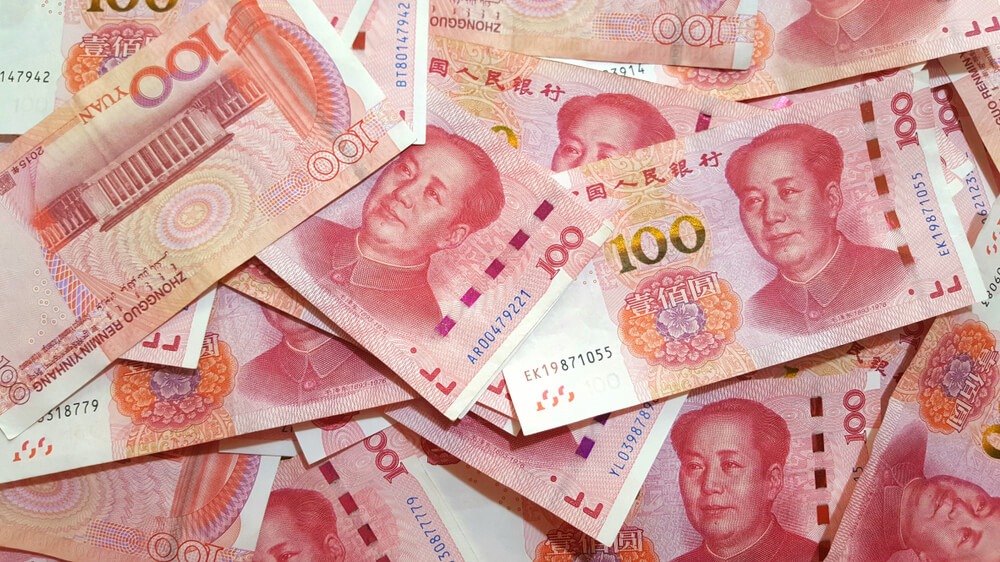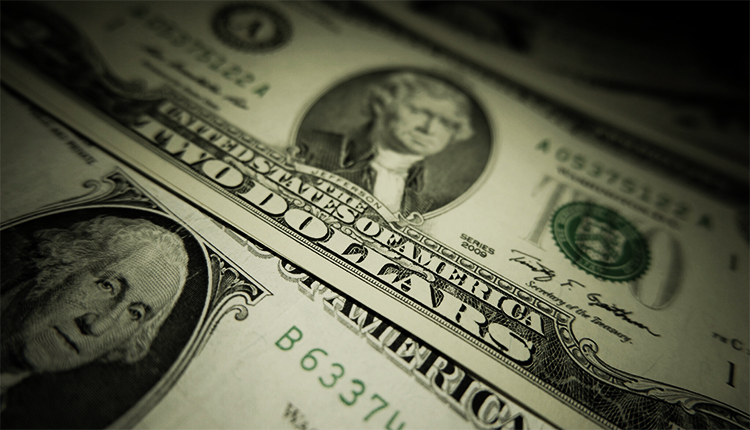The Federal Reserve surprised investors due to the slashing rates by 50 basis points to a target range of 1.00% to 1.25% on Tuesday. It was two weeks ahead of a regularly scheduled policy meeting. In another sign of the United States currency’s weak bias, the yuan jumped to a six-week high of 6.9288 per dollar in the onshore market.
According to the CME Group’s FedWatch Tool, traders of interest rate futures were pricing a 55.7% probability of a further 25 basis point cut in April. The reduction of rate failed to arrest a sell-off in United States equities. Further reducing the appeal of the dollar, it sent a benchmark of 10-year Treasury yields crashing to a record low of 0.906%.
Late last year, the new coronavirus emerged in China. It claimed more than 3,000 lives and has spread to more than 60 countries. Factory closures and travel restrictions are aimed to halt the spread of the virus, raising the risk of a global recession.
Yuan and Others
On Tuesday, G7 finance ministers issued a statement. Following that, the sentiment also took a hit. The report stopped short of calling for new government spending or coordinated central bank interest rate cuts.
China’s services sector crumbled to its weakest on record in February; thus, the yuan shrugged off data. Nevertheless, grim numbers offered a sign of the economic impact of the spread of the flu-like virus. The Chinese data, due to the weakness, took some of the shine off the Aussie. Thus, the Australian dollar pared gains to trade to $0.6599. Australia’s economy is heavily dependent on its trade with China.
There was a broad-based selling in the United States dollar. It encouraged the euro bulls to buy the common currency aggressively. Close to a two-month high reached on Tuesday, the euro last traded at 87.07 pence. Holding onto modest gains from the previous session, the sterling bought $1.2819.
Check the best Broker Reviews
















